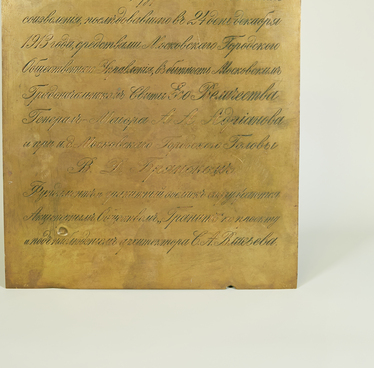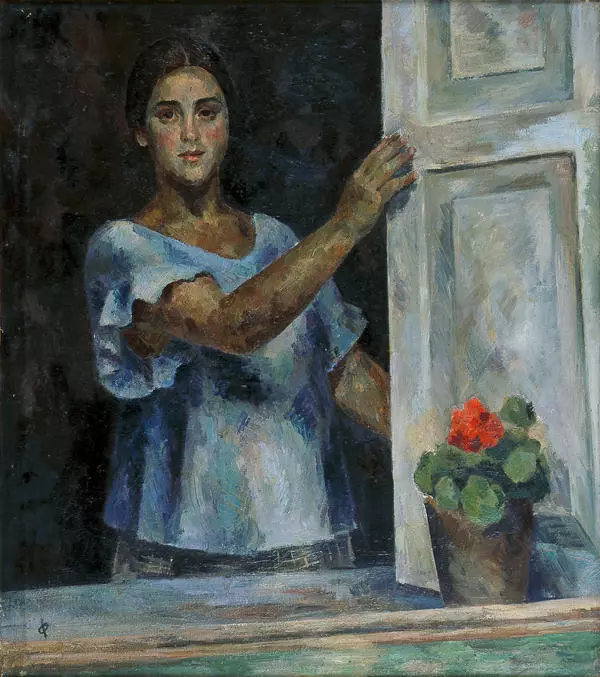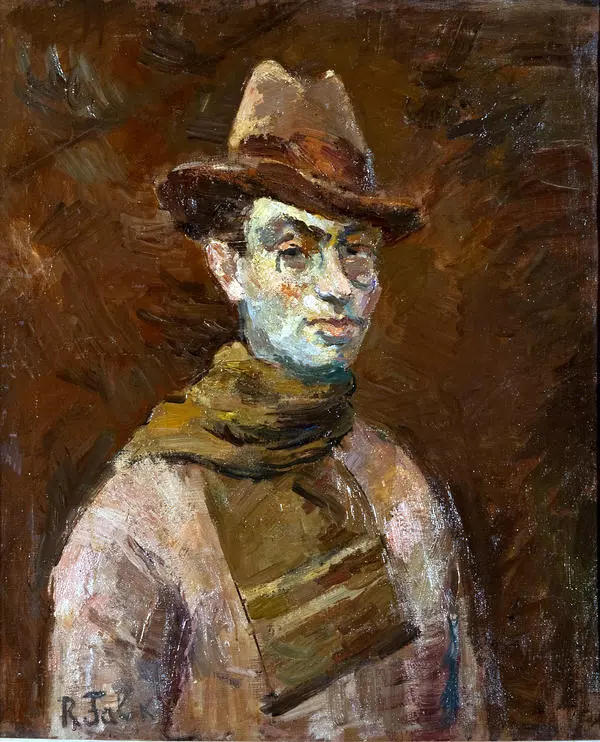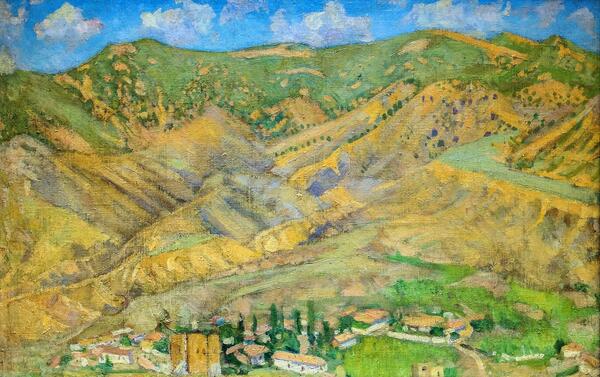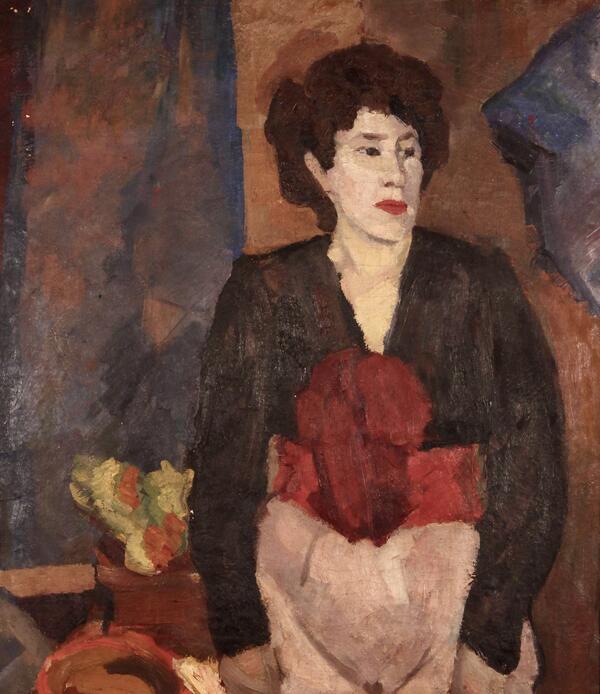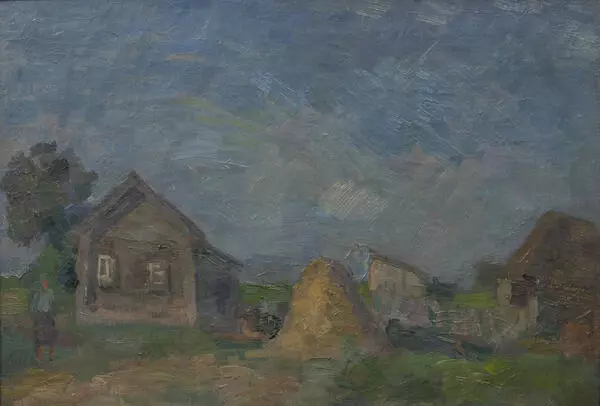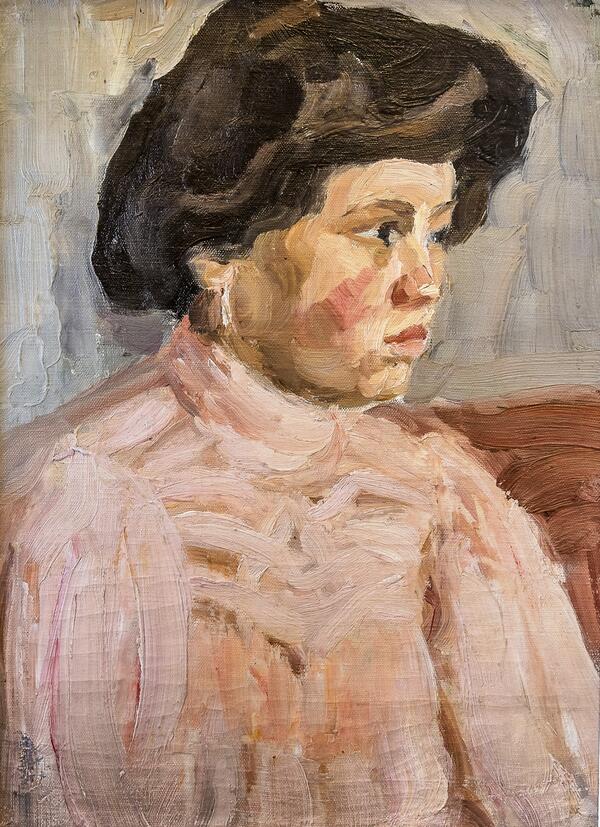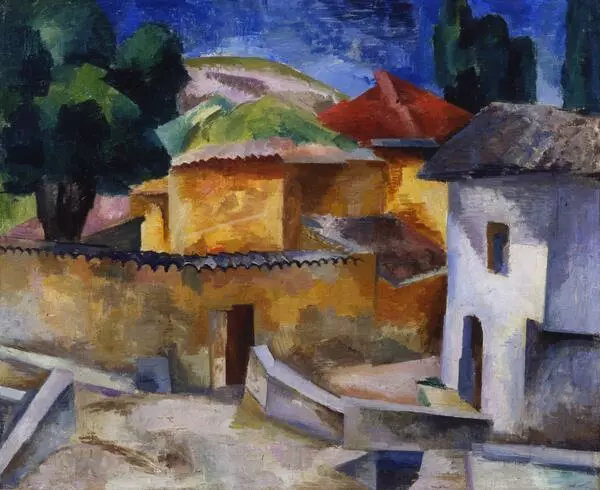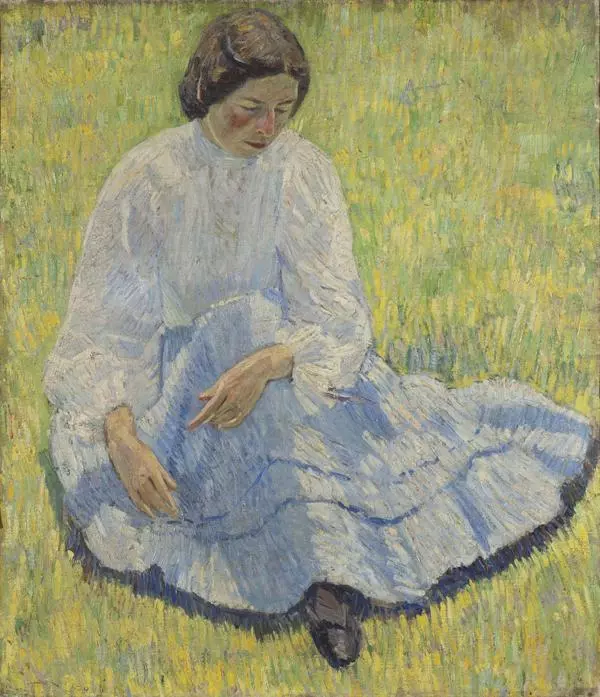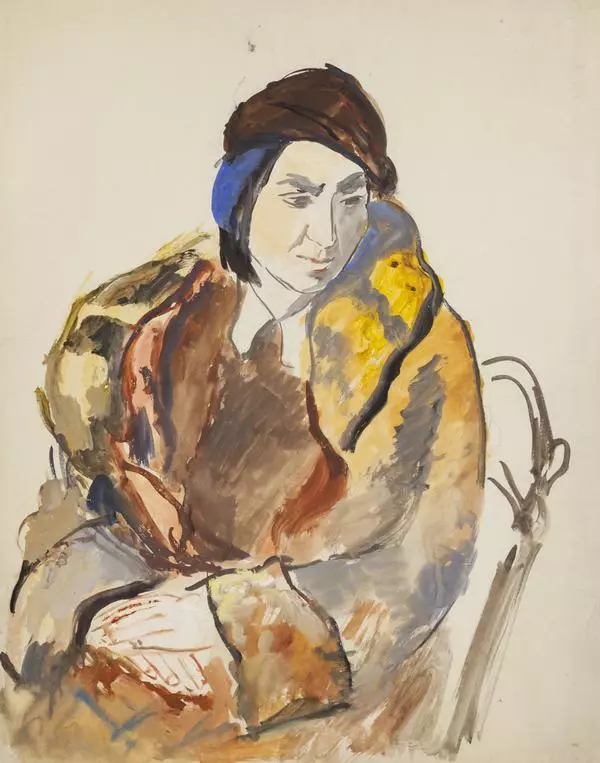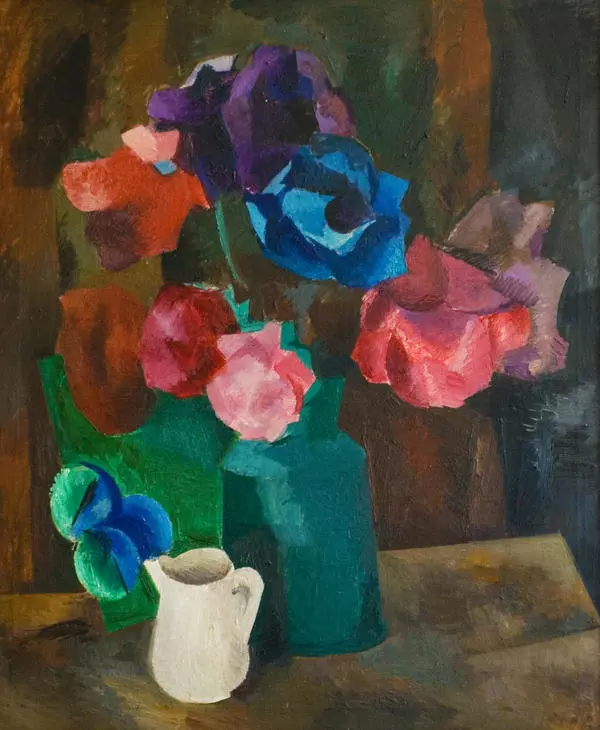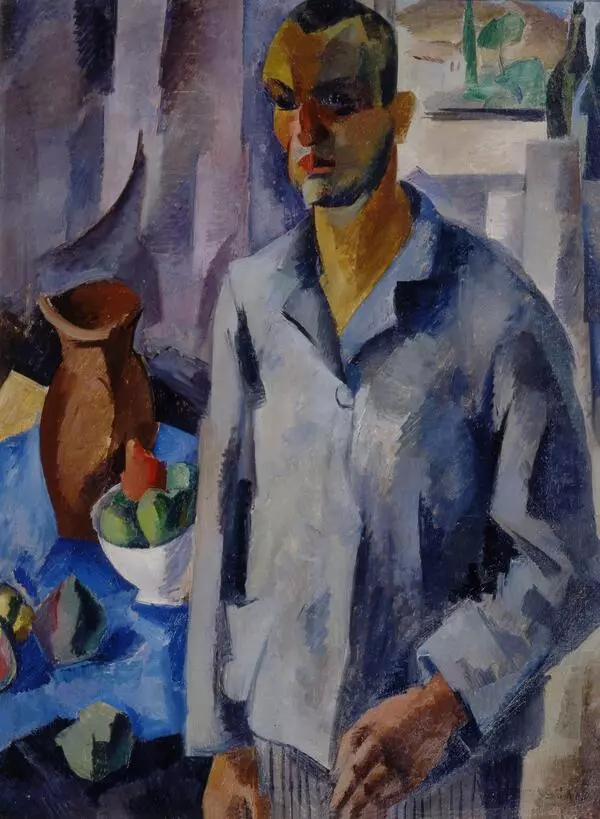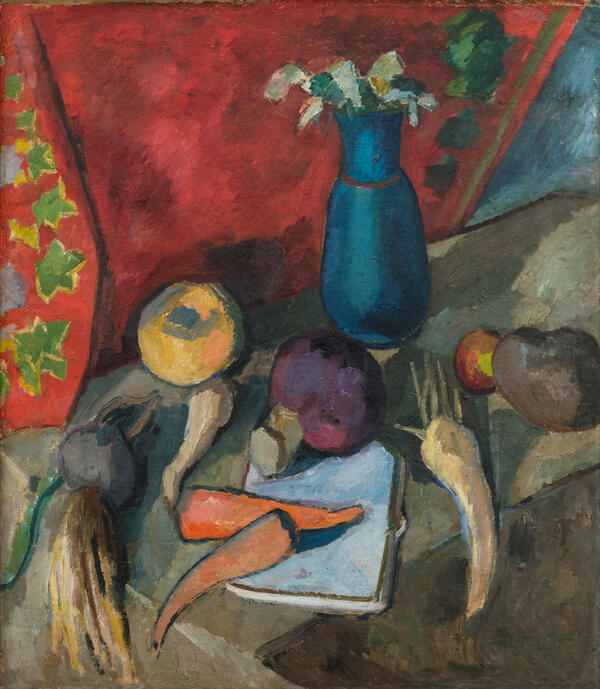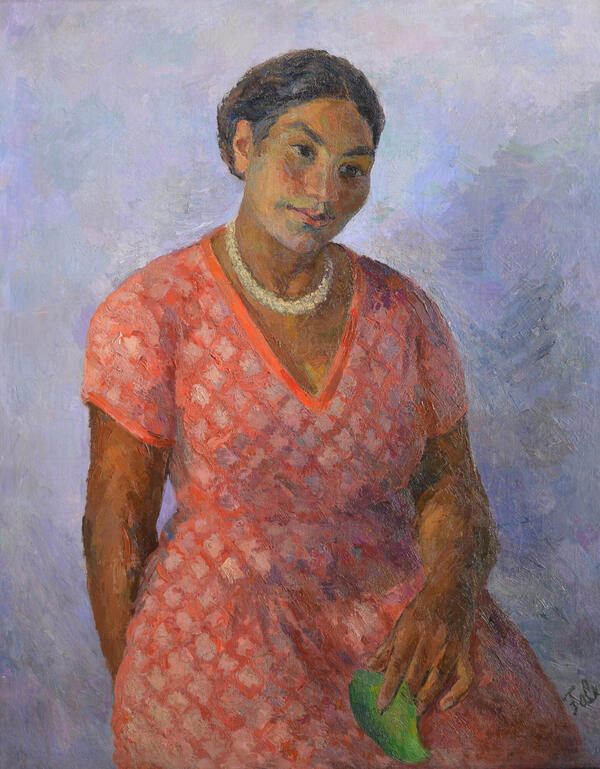The art collection of the Museum of Moscow includes a painting by the prominent artist Robert Rafailovich Falk (1886–1958). The canvas depicts the construction process of the Palace of the Soviets, which the artist watched for several years from the window of his studio.
Robert Falk returned to the Soviet Union from France in 1937. He received a workshop in the attic of Pertsov House at the corner of Soymonovsky Drive and Kropotkinskaya (present-day Prechistenskaya) Embankment. As his studio was most advantageously situated, Falk managed to capture in detail the initial stage of the construction of a grandiose building that was to be erected on the site of the Cathedral of Christ the Savior demolished in 1931.
The palace was to become the main architectural and ideological dominant of the capital — the tallest building in the world and a clear symbol of the victory of socialism. Its design marked the beginning of a new stage in Soviet architecture — the transition to neoclassicism. Boris Iofan, one of the leading representatives of Stalinist architecture, became the chief architect of the Palace of the Soviets: his project won the final part of the All-Union competition. The plan was to build the Palace of the Soviets on the site of the Cathedral of Christ the Savior, which had been demolished in 1931. Preparatory work began immediately after the ruins were dismantled; the excavation of the pit, the laying of the foundation, which was to consist of two concrete rings with a diameter of 140 and 160 meters and a height of 21 meters, began in 1932.
The frame of the majestic structure would have consisted of 64 steel columns resting on the rings. They could withstand a load of about 12 thousand tons. In order to strengthen the walls of the pit prepared for the rings, the technique called “bituminization” of the soil was used for the first time in the USSR — hot bitumen was pumped into special pipes and from there it seeped into the ground. Another innovative solution was the use of a special, most durable brand of carbon steel in the USSR at that time called “DS” (stands for “Dvorets Sovetov” — “Palace of the Soviets”).
Despite the fact that in 1939 the foundation of the high-rise part was laid and the main entrance and its foundation were completed, the construction was frozen due to the outbreak of the Great Patriotic War. In the 1950s, the project was finally abandoned, and in 1960, a structure completely different in its functions was built on the foundation of the unfinished Palace of the Soviets — the open-air year-round swimming pool “Moskva”, the largest in the USSR and one of the largest in the world.


